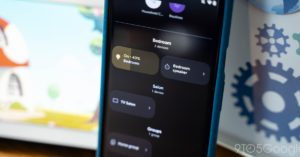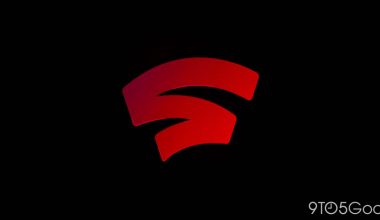Understanding some of these fundamental ideas can help you master the equalization search. Music, like every other sensory experience, has a rich scientific foundation. You may adjust the sound waves that reach your ears with an equalizer. An equalizer is where all of that personalization is handled, whether you want to slightly reduce the bass or soften out the vocals with more treble. The treble or bass aren’t actually altered by the equalizer. Instead, it modifies the frequencies that reflect the fundamental characteristics we typically refer to as the bass, treble, and mids (via Landr ).
Let’s now discuss frequency numbers. Human ears can hear sounds between 20 and 20,000 hertz (via NIH ). Low frequencies between 20 and 300 Hz are considered to be bass, whereas mids operate between 300 and 4,000 Hz and treble is anything beyond 4,000 Hz. Those frequencies are simply a generally acknowledged frequency range for those essential sound characteristics; there is no sacred audio scripture that has marked those numbers. But that’s not always the case, especially if you’re using non-audiophile-grade cans or even higher-end consumer headphones like Apple’s AirPods Max. In an ideal world, you should hear exactly the same signal coming out of your earphones that the original music file is encoded to.
The bass will be explosive if you raise the 60Hz slider by a full 10dB. The 12,000Hz frequency slider can be used to experiment with treble adjustment. You know the drill from this point on. Playing with equalization settings and finding the ideal arrangement of sliders that truly makes a tune shine is quite a pleasant experience. For instance, you can change the EQ to make Mick Gordon’s well-known tune sound as bass-heavy as possible if you listen to the Doom Eternal soundtrack nonstop.
The equalization setting on an Android phone is concealed under the Sound andamp; Vibration section of the Settings app, though the exact menu location may differ depending on the manufacturer of your device. Now, bear in mind that on some phones, the equalizer settings must be adjusted separately for the built-in speakers and any connected audio equipment, such as earbuds. Additionally, some of the settings could become inactive if effects like Dolby Atmos are used. These system-level equalizer settings are functional, but they aren’t comprehensive. Applications play a role in this.
There are fortunately several third-party equalization apps on the Google Play Store, like,,,,, and the ever-reliable, for individuals who want to tamper with their musical experience. Keep in mind that some of these programs have paid features like cloud backups.







